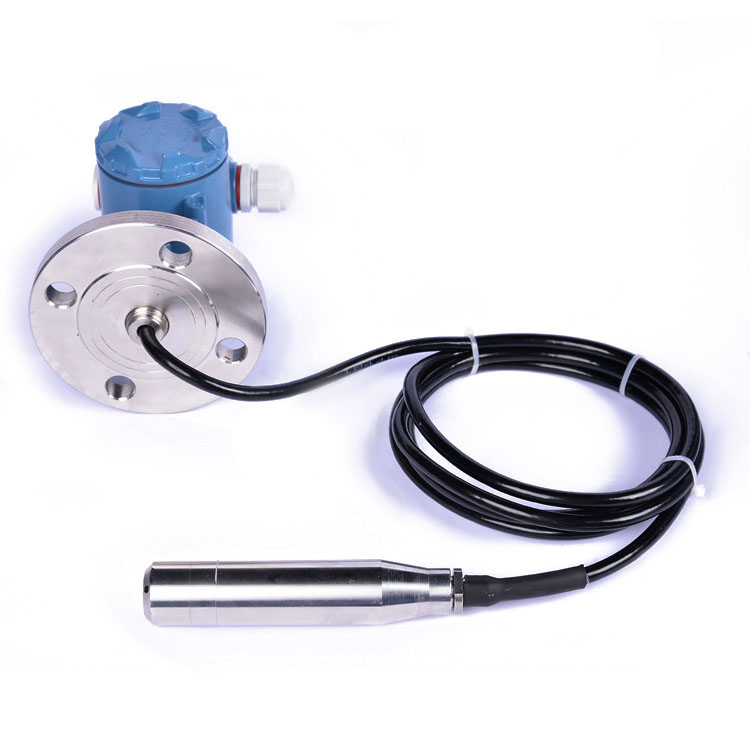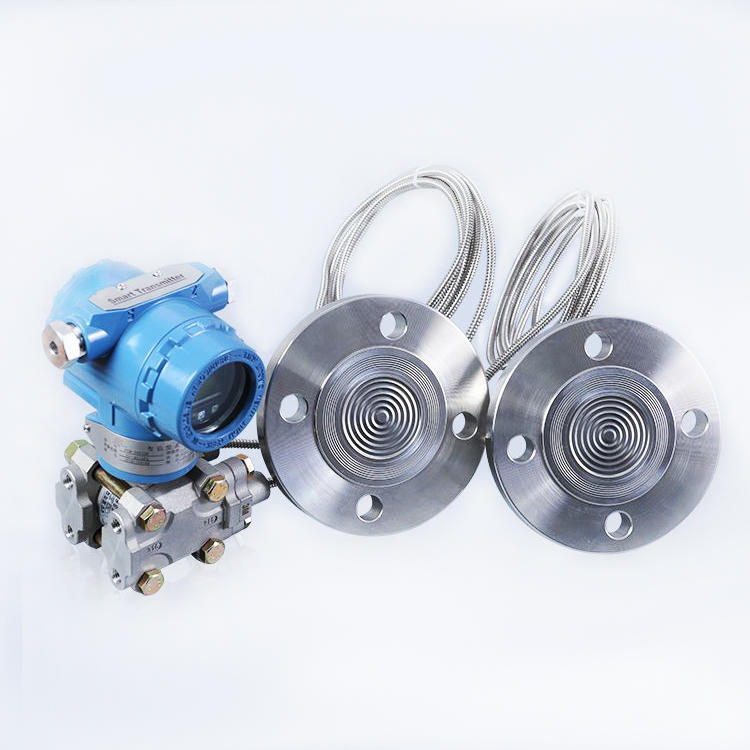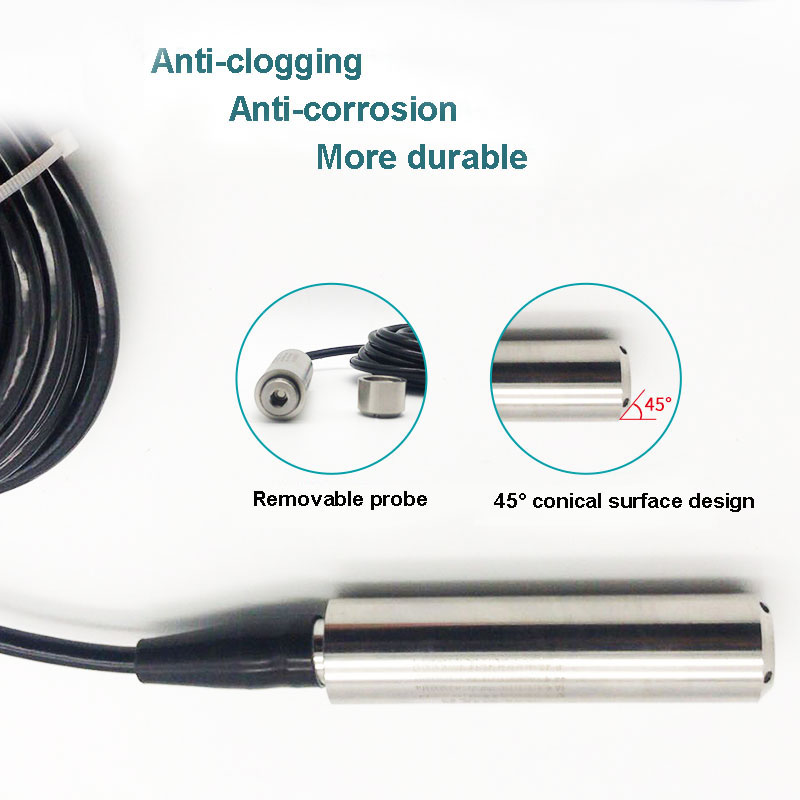As the fourth largest energy source in the world after coal, oil and natural gas, the development and utilization of biomass energy is nothing new at home and abroad. Looking at the domestic biomass power generation, it still stays at the stage of demonstration projects, and it has not formed large-scale and rational utilization. The related self-operated enterprises have not yet found a profit model. As a renewable energy source that humans have used since ancient times, they have now flourished. There are several barriers that need to be crossed in the new energy field in China. Raw material collection is difficult to restrict the scale of development It is not difficult to see from the “12th Five-Year Plan†new energy plan in China that compared with new energy sources such as hydropower and wind power, the input of bio-energy is slightly thin. According to statistics, bioenergy accounts for only 13% of all disposable energy sources worldwide. The development of bioenergy has been tepid. "The reason why biomass energy cannot develop in China for a long time is that raw material collection is difficult to be the first obstacle." According to Gao Feng, Secretary-General of the China Urban Economy and Culture Research Association, China has abundant biomass energy resources. According to estimates, our theoretical biomass The energy resources are about 5 billion tons of standard coal, which is about 4 times the current total energy consumption in China. However, the distribution of raw materials for biomass in China is not concentrated, and it is difficult to collect most of the crop stalks that make up the majority of biomass raw materials. If it is purchased from farmers, it will easily increase the collection cost. According to the Jiangsu Provincial Electric Power Industry Association, 13 biomass power plants have been completed and put into operation in Jiangsu Province, and there has been a loss for every family. In addition, biomass power plants have to collect all the energy that they can burn because they “fill their stomachsâ€. They also collect bark from the other provinces, waste from wood processing plants, rice husks from grain and oil processing plants, and even drugs from pharmaceutical companies. Slag. Why is it so difficult to collect raw materials? Most people attribute the reason to the low purchase price. Recently, a reporter of “China Power News†interviewed Wang Shuhua, an overseas sales manager of the Sheep Energy Bio-Equipment Company. He calculated such an account for the reporter. Take corn stalks as an example, the power plant pays 200-260 yuan per ton, and the acquisition station Only about 100 yuan acquisition. One farmer's 8 acres of corn can produce more than 3 tons of straw, sent to the power plant can sell six or seven hundred yuan, while the point of access to the nearest point can only sell more than 300 yuan. Deducting oil and freight, not counting the time spent on labor and time, made little money, so farmers prefer to burn off and do fertilizer. In view of these circumstances, at the end of May this year, the National Development and Reform Commission, together with the Ministry of Environmental Protection and the Ministry of Agriculture, issued the "Notice on Strengthening Comprehensive Utilization of Crop Straw and Prohibition of Burning." The notice pointed out that the government will “increase the subsidies for harvesting crops and returning straw to farms to collect integrated agricultural machinery†and “study the establishment of subsidies for straw returning or bale collectionâ€. According to expert analysis, this will increase the enthusiasm of farmers to properly dispose of straw, which will help biomass energy companies solve the existing problem of raw material guarantees and make straw collection routine and large-scale. The "Before subsidy after construction" model brings drawbacks For a long time, measures aiming at biomass energy projects, "pre-subsidy and post-construction", are likely to bring drawbacks. Experts stated that not only there are certain defects in the subsidy method, but the entire mechanism lacks the participation of energy authorities and technical departments. How the system is more conducive to supervision, fairer and more open, remains to be further improved. At present, 80% of China's biomass energy projects rely on state subsidies. Each province has no less than 50 projects, with an average investment of nearly 2 million yuan per project country. With such a large investment, our country's subsidy policy is to invest money in construction first, and after the project is completed, it will be checked and accepted. However, few procedures such as later-stage maintenance, supervision, etc. are involved. In this way, it is very easy for enterprises to obtain state subsidies through the construction of biomass energy projects, but after they are completed, they rely on their main operations to earn money. Whether profitable or not results in the waste of special funds. At present, apart from some state-owned enterprises that have abundant funds and excellent channels, there are very few companies that are truly profitable through the biomass energy business. In addition, China's financial subsidies still have a certain threshold of entry. The Ministry of Finance stipulates that the registered capital of enterprises must be more than 10 million yuan, and the amount of straw consumed every year must be 10,000 tons or more. Only then can they receive subsidies of 140 yuan/ton. This is undoubtedly a difficult barrier for SMEs. The late government subsidy supervision is not in place, which is likely to cause companies to be reluctant to spend more on R&D and the introduction of advanced equipment. China's agricultural and forestry biomass materials are complex and diverse, and their quality varies greatly. Therefore, a set of stable and reliable combustion equipment is needed to adapt to China's complex and diverse fuels. Some experts said that in addition to efforts to establish a new fuel purchase model for the development and utilization of biomass energy in China, the government should establish a more effective subsidy mechanism and learn from the experience of successful countries. Just as Heinz Kopetz, chairman of the World Association for Biomass and Energy, hopes, he called on the UN Food and Agriculture Organization, the International Renewable Energy Agency, the World Biomass Association and other international organizations to collect examples of successful biomass energy policies. In this way, policy makers can learn from the experiences of other countries and each country can accelerate the transition to a more sustainable social system.
The liquid level transmitter can convert the changes of various level parameters into analog signals, and transmit them to the control room remotely for centralized display, alarm or automatic control of secondary instruments or computers. Its good structure and installation method can be applied to the continuous detection of liquid level, material level or material level under special conditions such as high temperature, high pressure, strong corrosion, easy crystallization, anti-clogging, anti-cold junction, and solid powdery and granular materials. , can be widely used in detection and control in various industrial processes.
Liquid level transmitters can be applied to liquid Level Measurement and control in industrial sites, rural water supply and sewage treatment, petroleum, chemical industry, power plants, hydrological monitoring, reservoirs, dams, hydropower construction and other fields of liquid level measurement and control. Liquid level transmitters have input type, straight rod type, flange type, threaded type, inductive type, screw-in type, floating ball structure design, with anti-blocking type design, simple device, convenient use and strong interchangeability , The high-quality sensor has high sensitivity and fast response speed, accurately reflects the slight changes in the flow or static liquid level, and has high measurement accuracy.
Advantages of Level Transmitters
1. The device is simple, easy to use, and has strong interchangeability.
2. It is suitable for measuring the liquid level and interface of the liquid medium in the container. In addition to on-site instructions, it can also be equipped with remote transmitters, alarm switches, and complete detection functions.
3. The reading is intuitive and eye-catching, and the direction of the observation indicator can be changed according to the user's needs.
4. The measurement range is large, not limited by the height of the storage tank.
5. The indicating mechanism is completely isolated from the measured medium, with good sealing performance, high reliability and safe use.
6. Simple structure, convenient installation, convenient maintenance, corrosion resistance, no power supply, explosion-proof.
7. The high-quality sensor has high sensitivity and fast response speed, accurately reflects the slight changes of flowing or static liquid level, and has high measurement accuracy.
8. With intrinsically safe explosion-proof and isolated explosion-proof capabilities, it can be used in various dangerous places.
9. With anti-blocking design, it can realize the measurement of the liquid level of paste medium.
10.100% equal division scale, LED/LCD indicator head, very convenient to read on site.
11.4~20mA two-wire signal transmission, strong anti-interference ability and long transmission distance.
12. Exquisite and unique zero point, full scale, and nonlinear compensation ensure the accuracy and stability of the instrument within the range of operating conditions.
13. The Pressure Sensor directly senses the liquid level pressure and is not affected by the foaming and accumulation of the medium.
14. Wide range of tested media can be used, such as oil, water and paste, with certain anti-corrosion ability.
Classification of liquid level transmitters
1. Single flange liquid level transmitter
Single-flange liquid level transmitters have flat flanges and flange liquid level transmitters with insert barrels, both of which are suitable for single-flange liquid level transmitters that use the gravity of the medium to be measured to measure the height of the liquid level. For medium with high viscosity and easy crystallization, it is generally used in open containers or equipment installations.
2. Double flange liquid level transmitter
The double-flange liquid level transmitter is a Differential Pressure Transmitter, which provides a reliable measurement method to prevent the measured medium from directly contacting the isolation diaphragm of the transmitter. The main features are the need to isolate the high-temperature medium from the transmitter, the measurement medium has a corrosive effect on the sensitive components of the transmitter, the suspension liquid or high-viscosity medium, the measured medium solidifies or crystallizes due to changes in the environment or process temperature, and the measured medium is replaced It needs to be strictly purified to measure the first class. Double flange liquid level transmitter is mainly used in the measurement of liquid level in sealed pressure vessels.
3. Submersible liquid level transmitter
The submersible liquid level transmitter has rod type and arm type. Its principle is based on the principle that the measured liquid static pressure is proportional to the height of the liquid. It uses the piezoresistive effect of diffused silicon or ceramic sensitive elements to convert the static pressure into electricity. Signal. After temperature compensation and linear correction, it is converted into 4~20mA current signal output. Due to the characteristics of this transmitter, such as convenient installation, strong adaptability, etc., it can perform high-precision measurement from water, oil to paste with high viscosity, and is not affected by the foaming and accumulation of the measured medium. It is generally used in open Devices for mouthpieces or equipment.
Level Transmitter,Differential Pressure Level Transmitter,Submersible Level Transmitter,Level Gauge Wuxi Winsun Automation Instrument Co., Ltd , https://www.jswxwinsun.com

